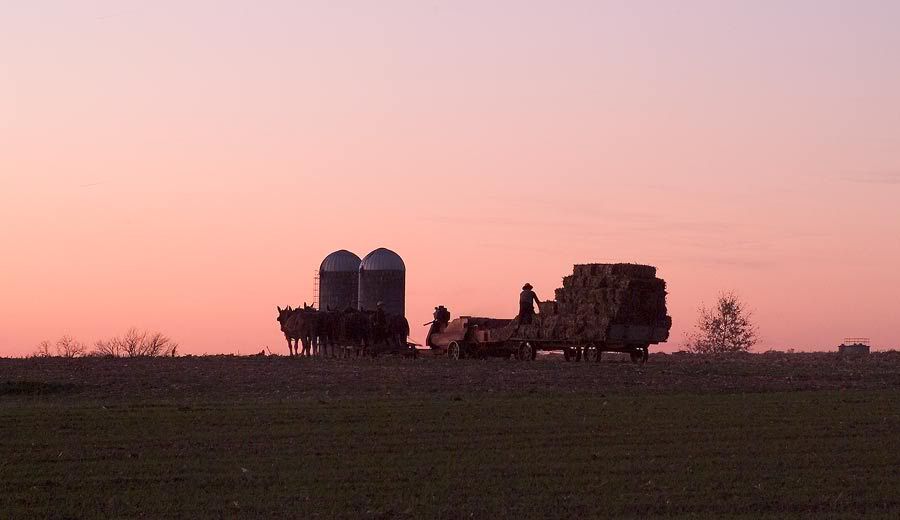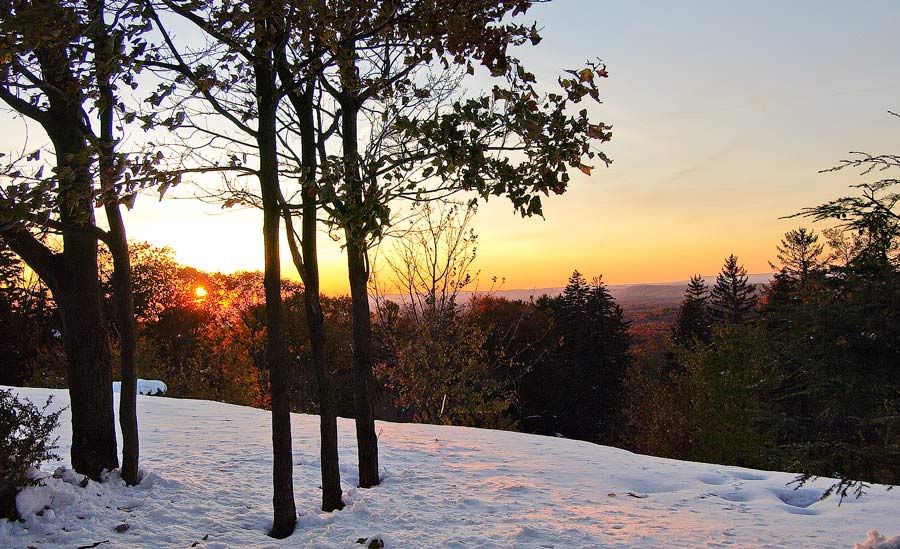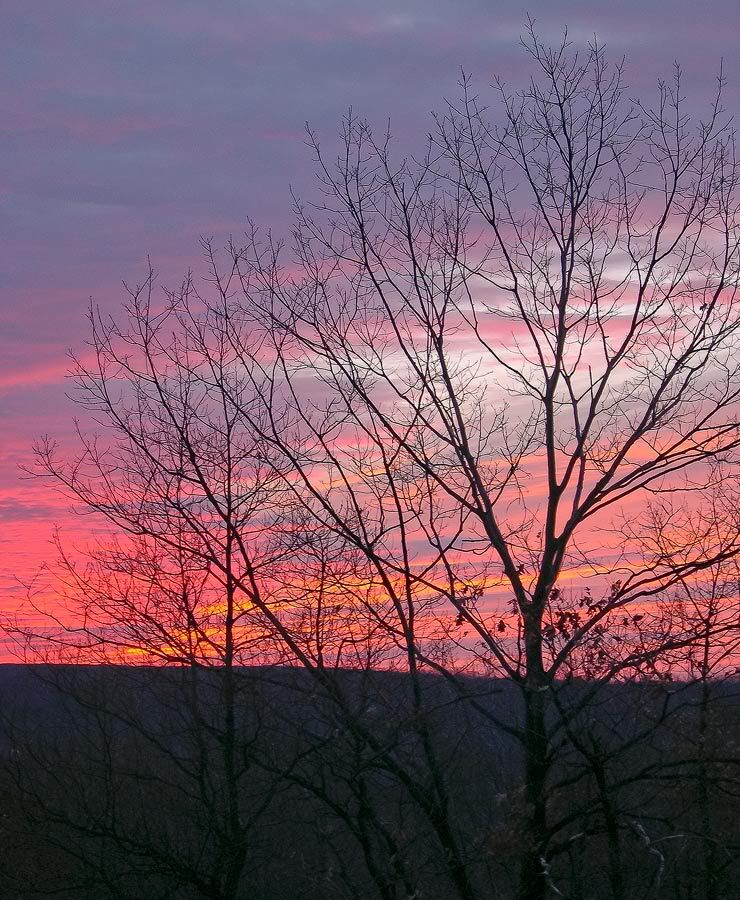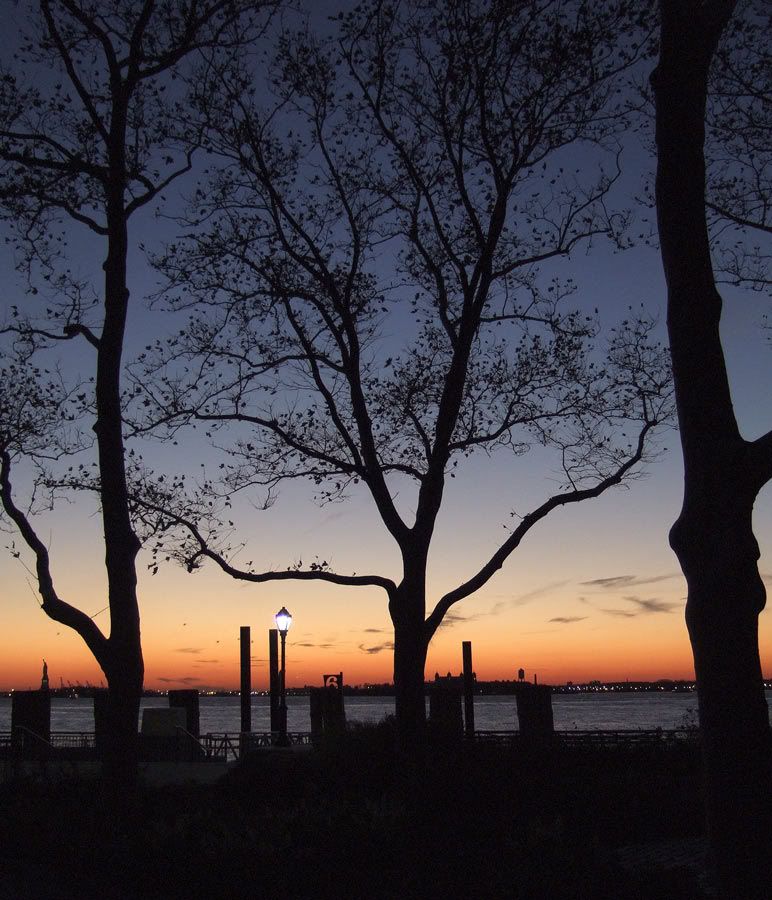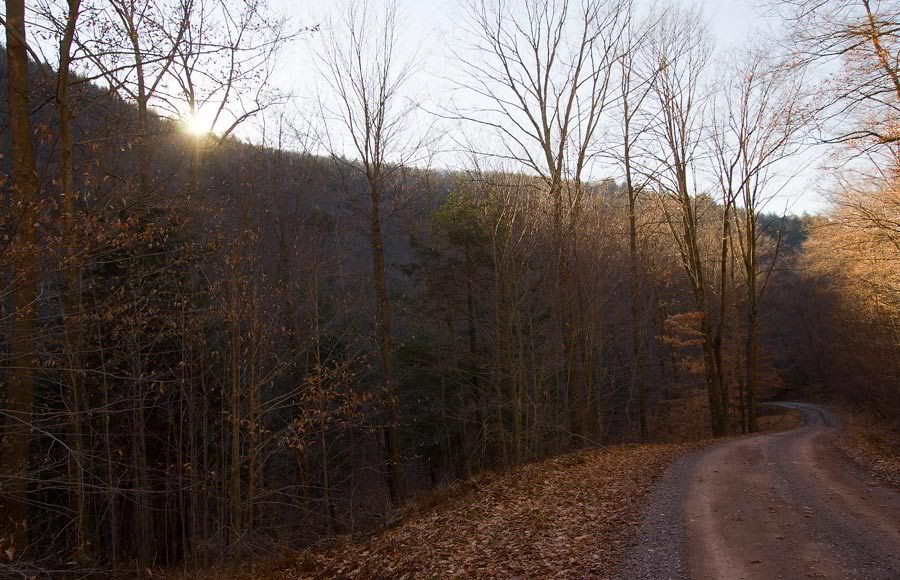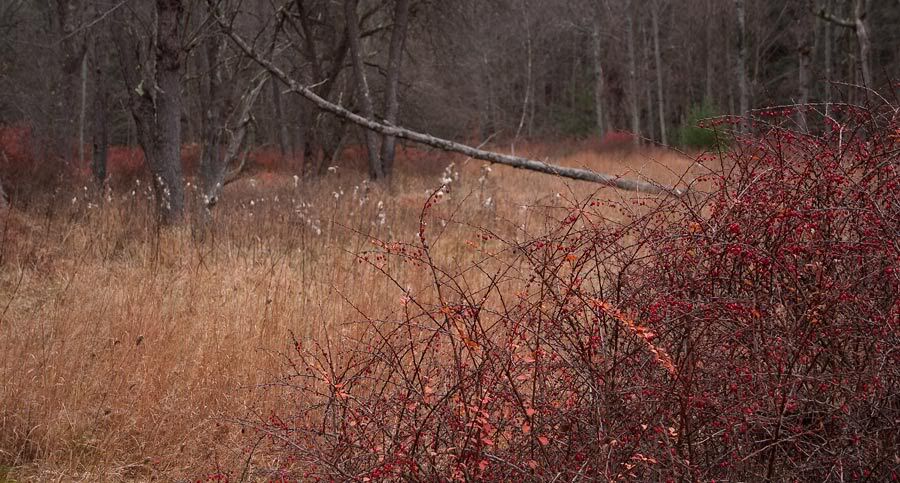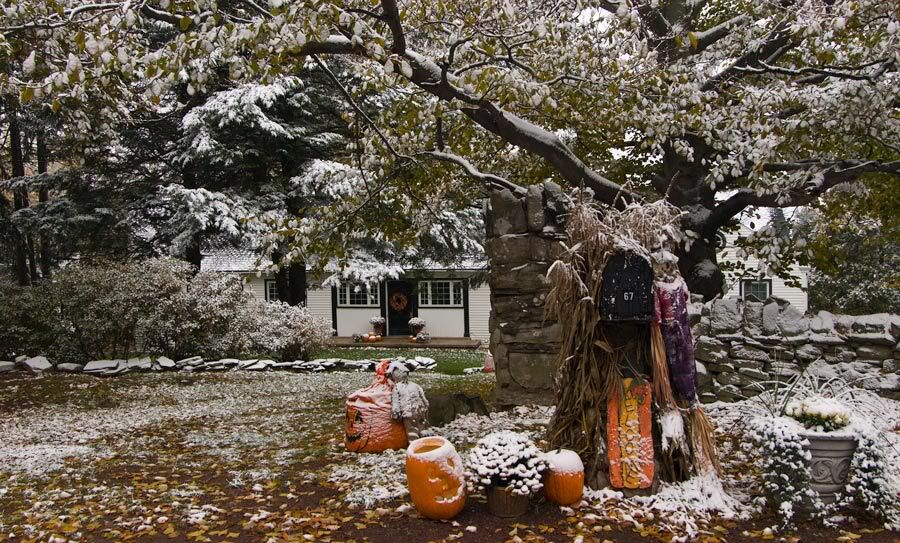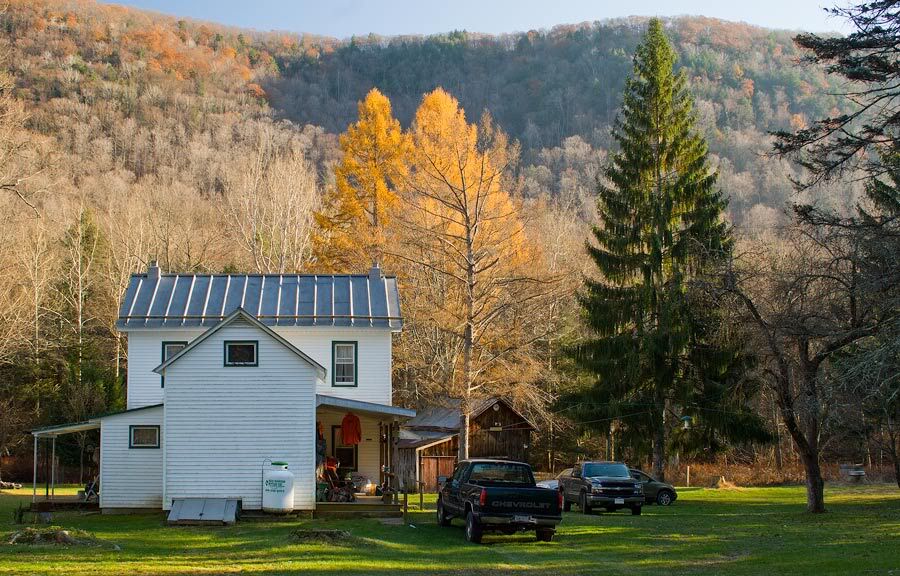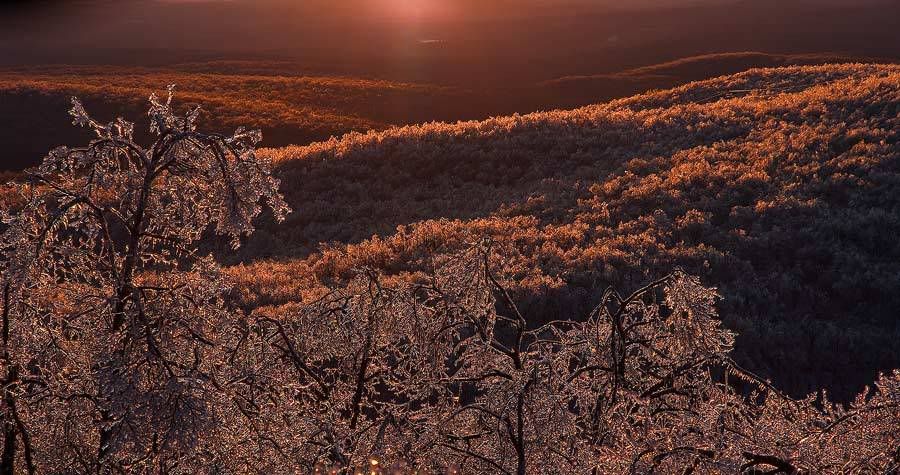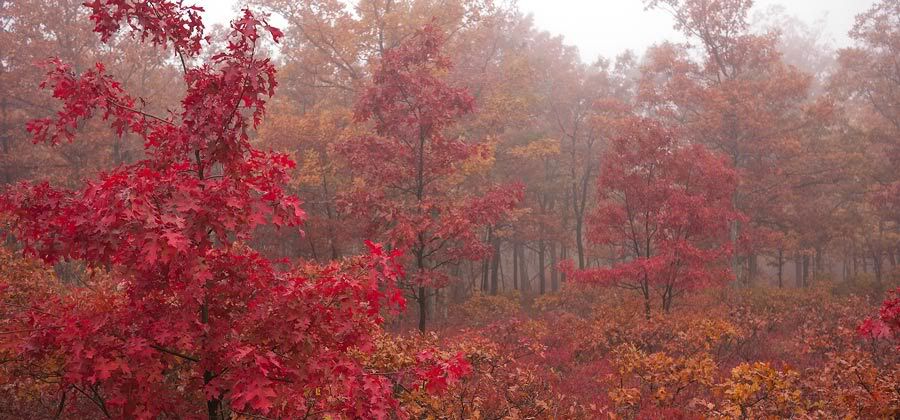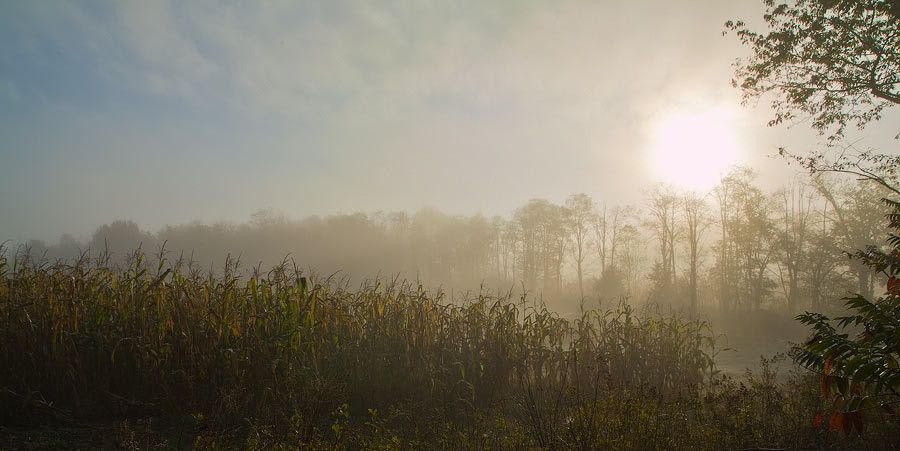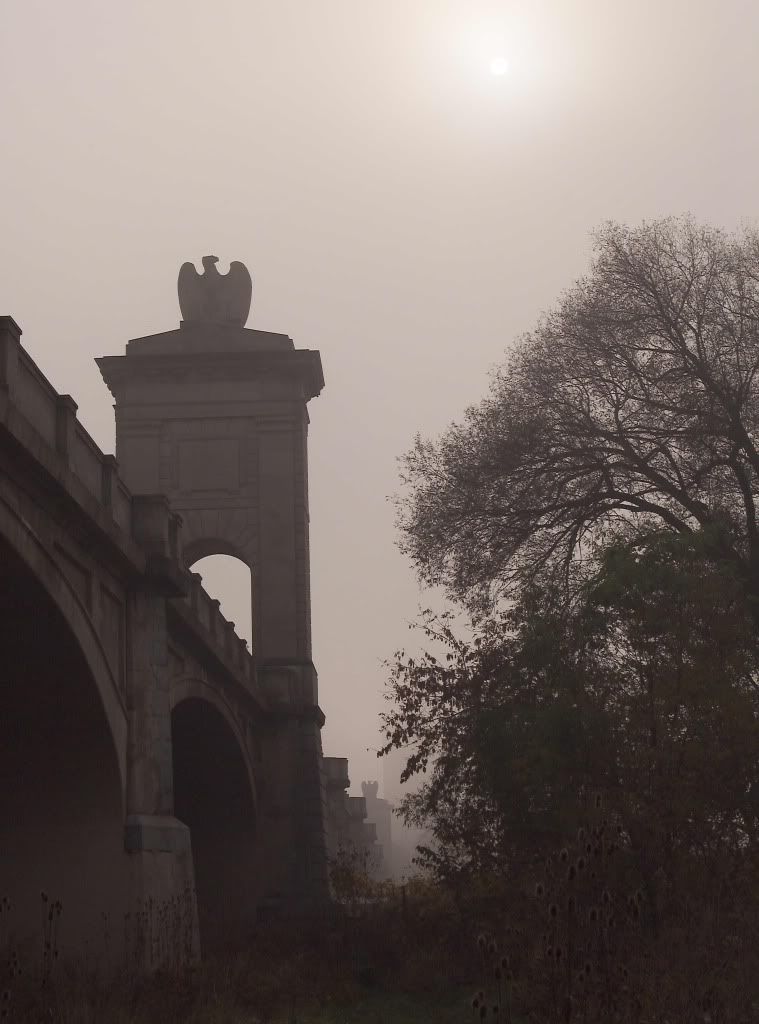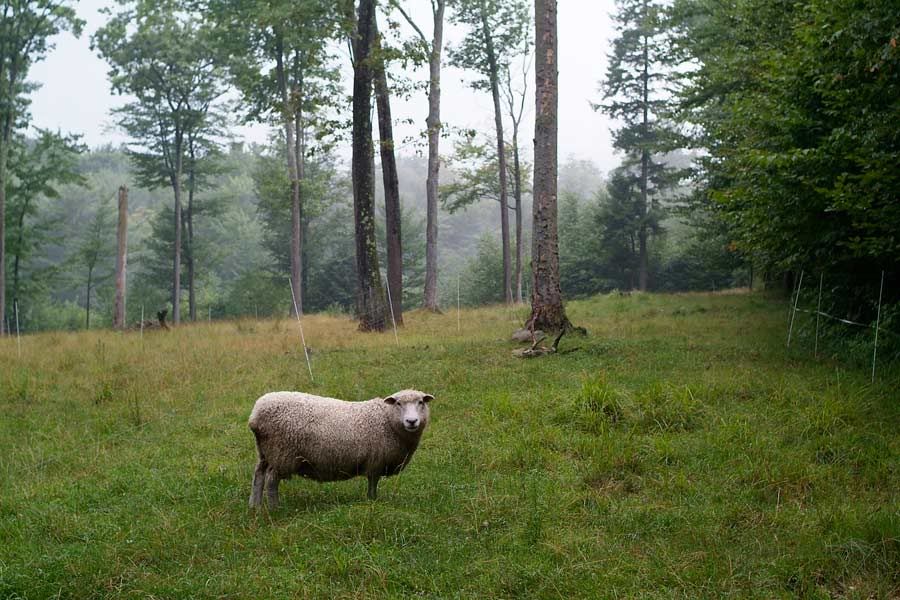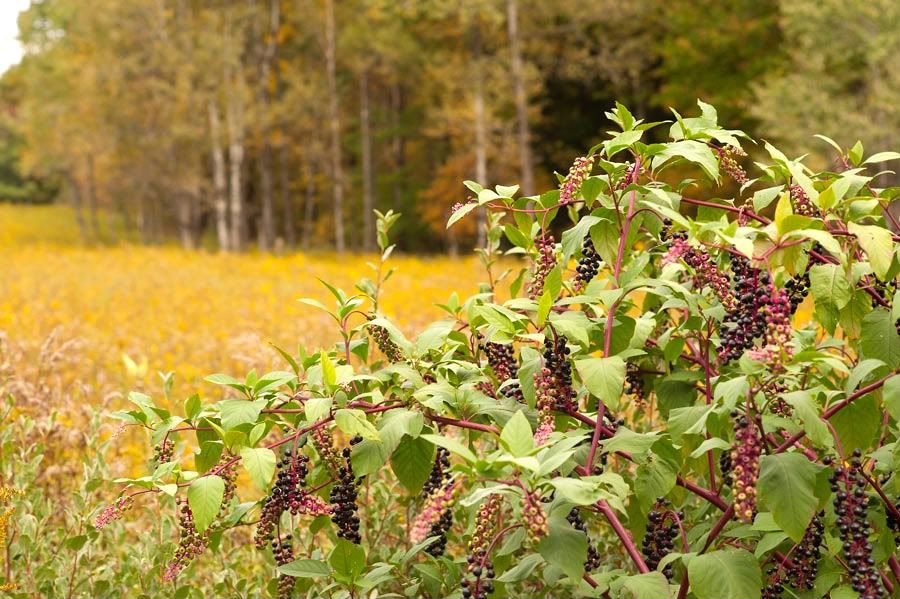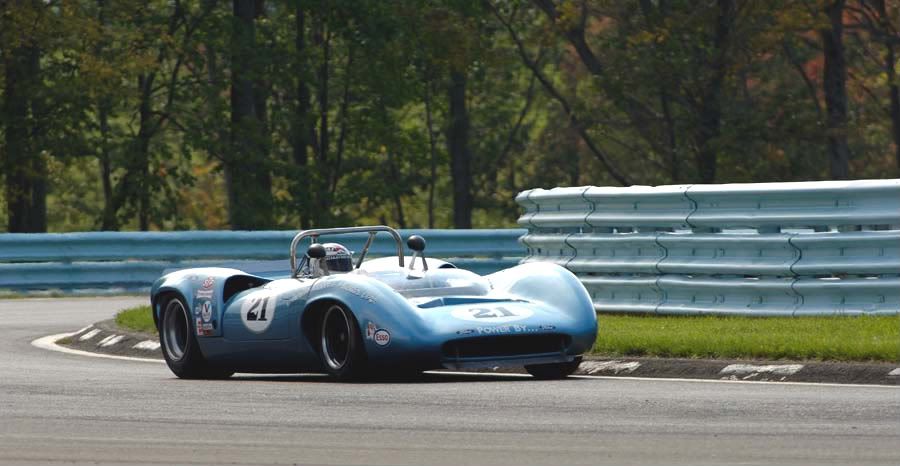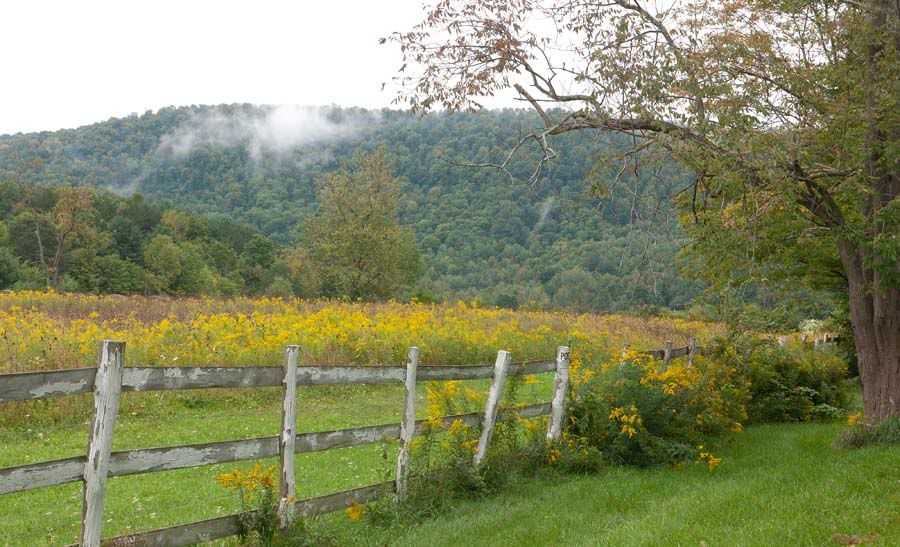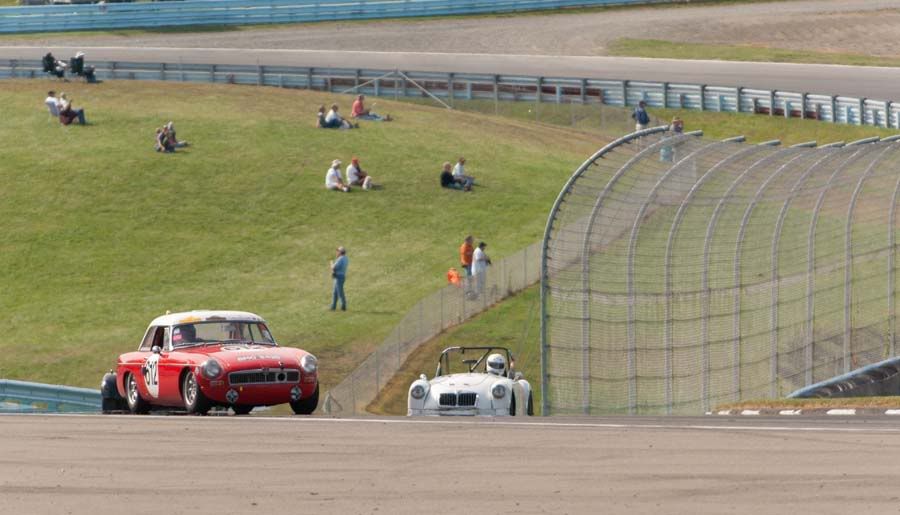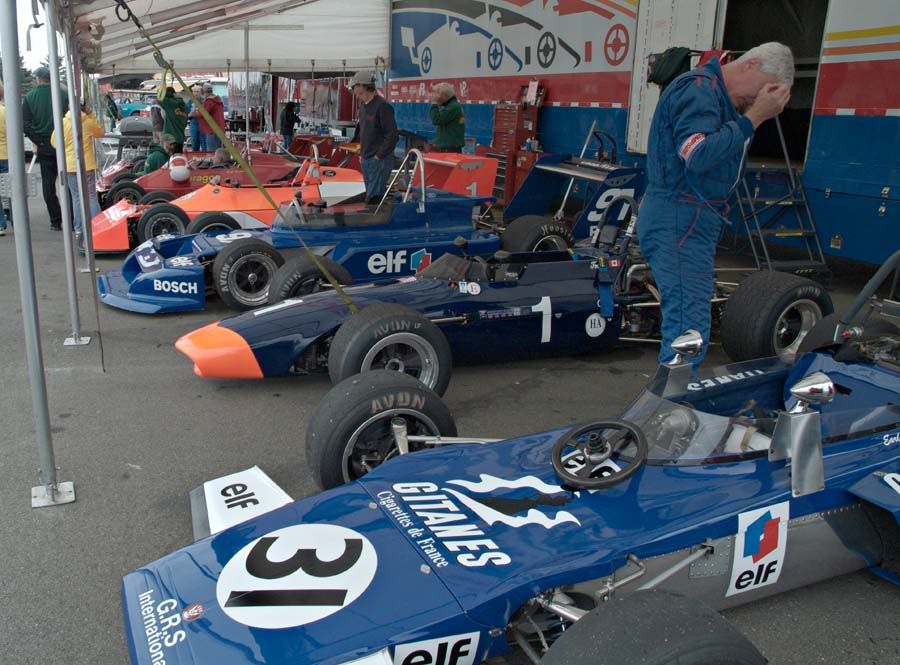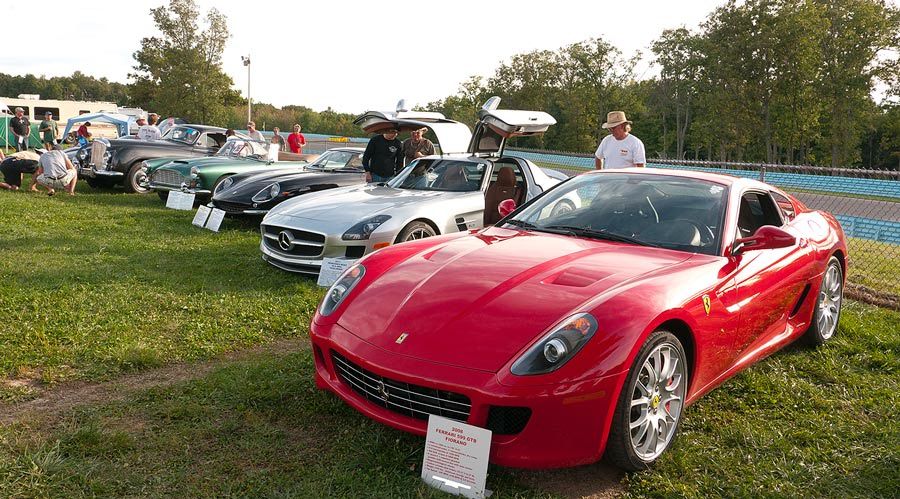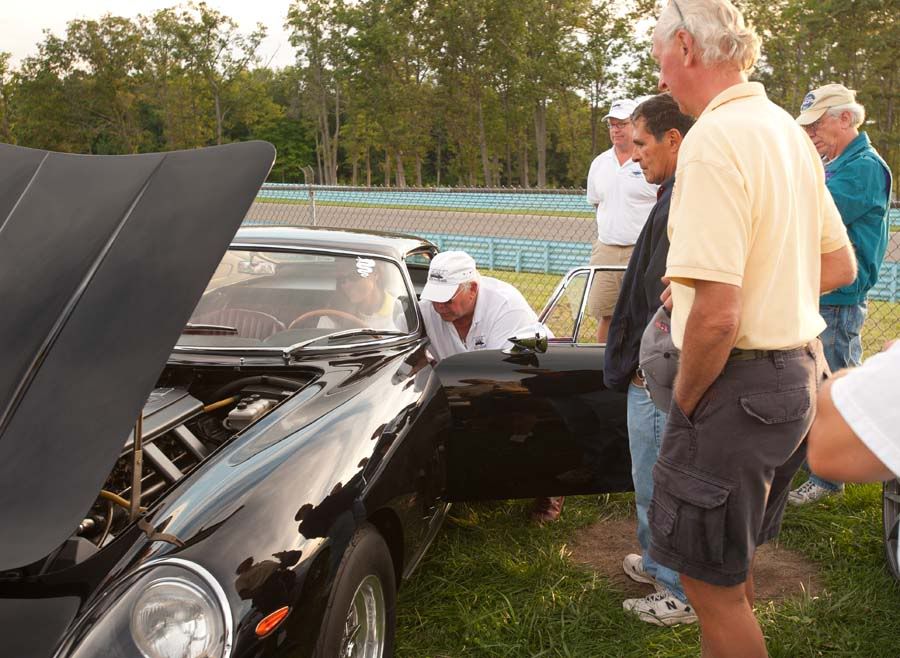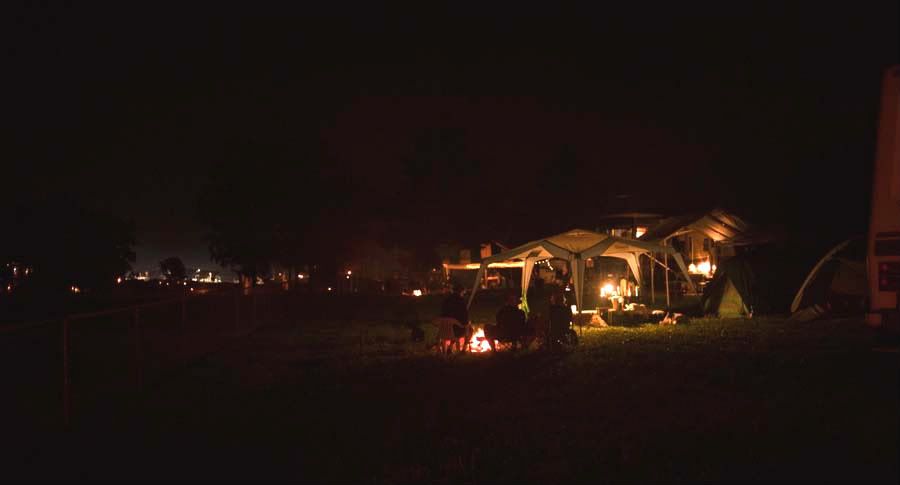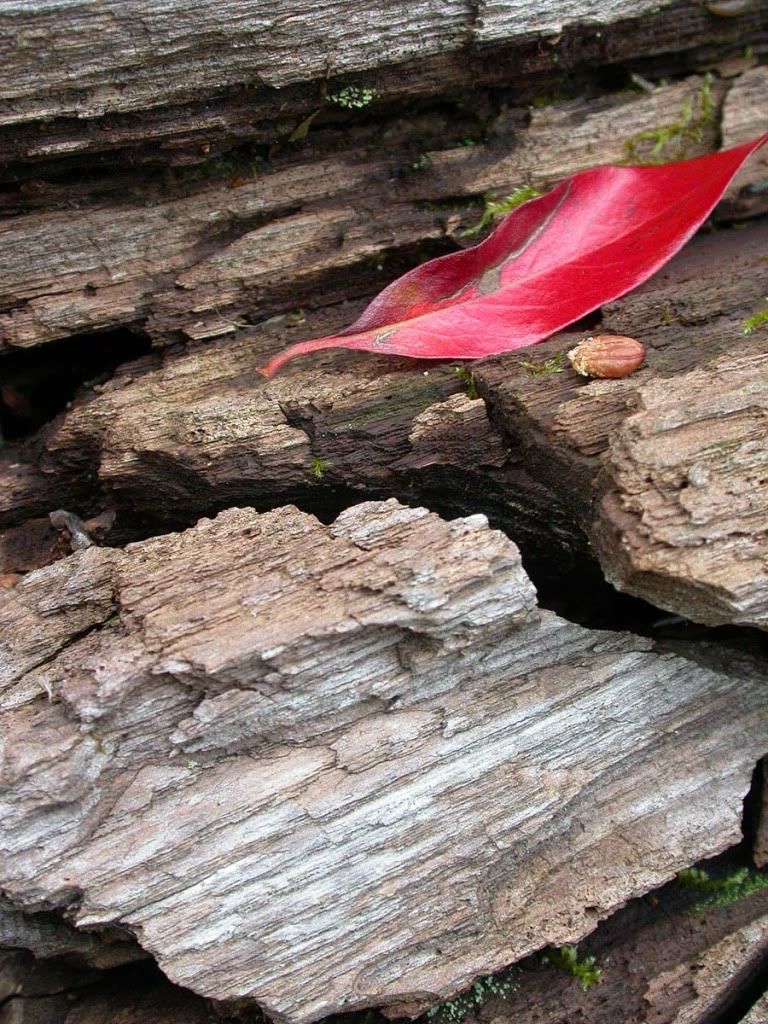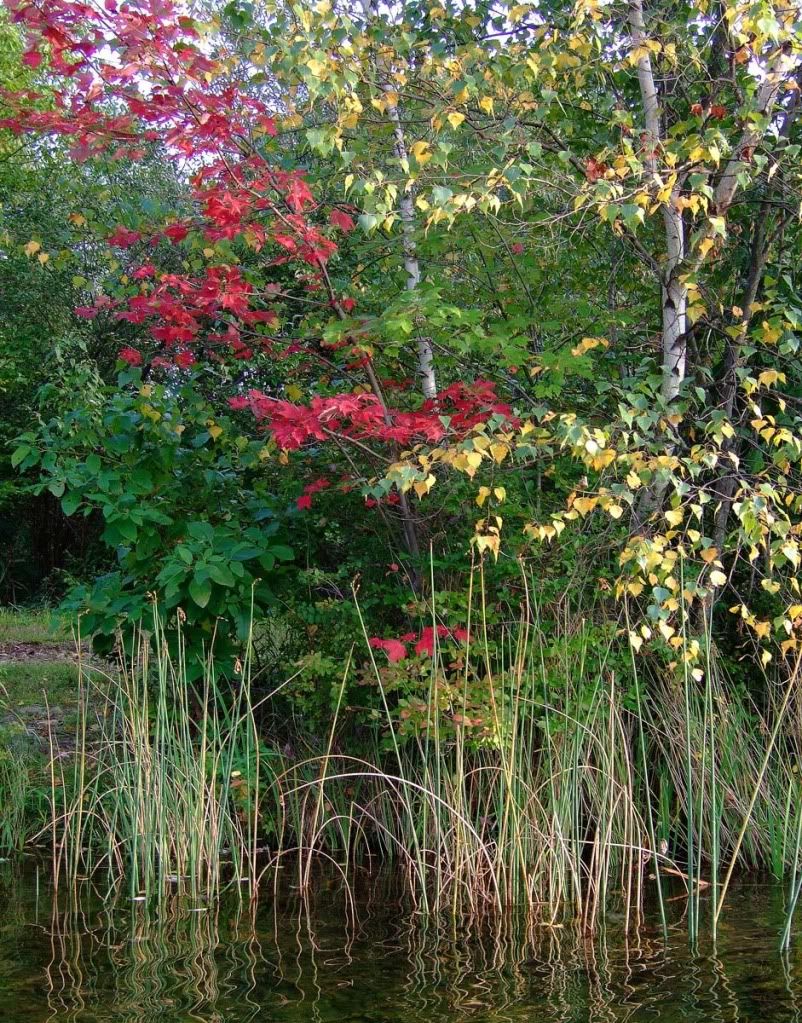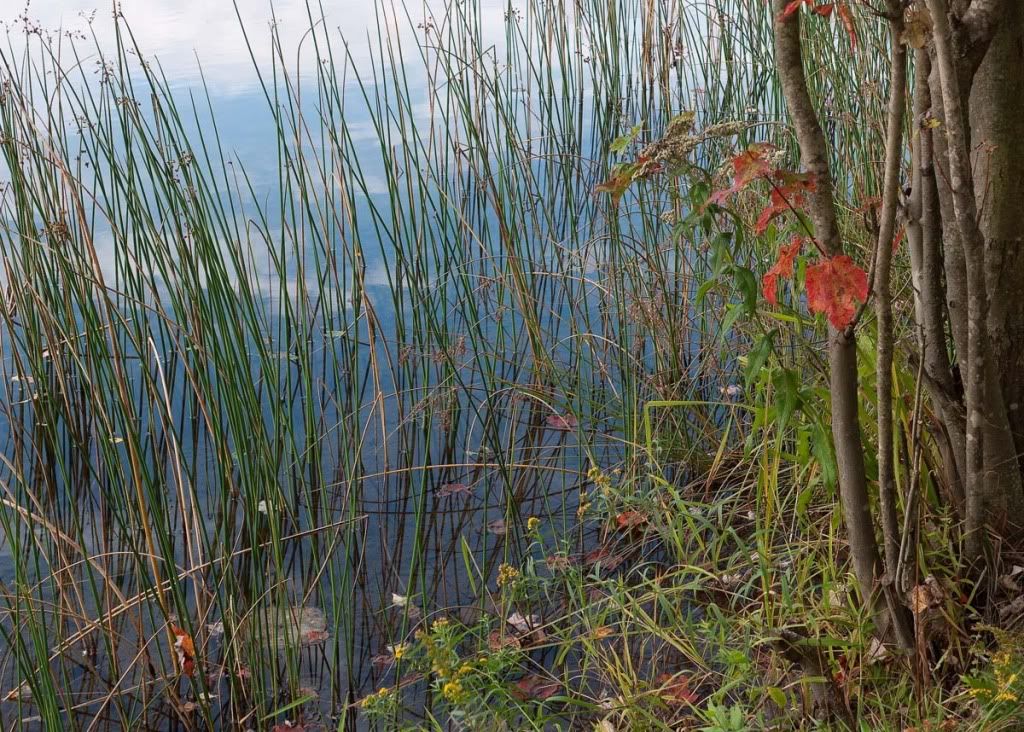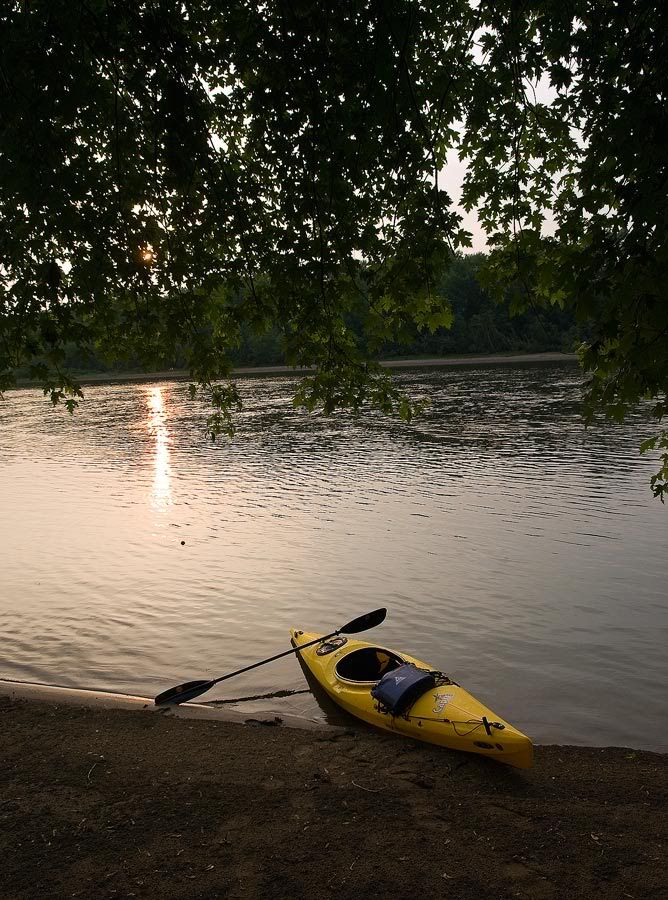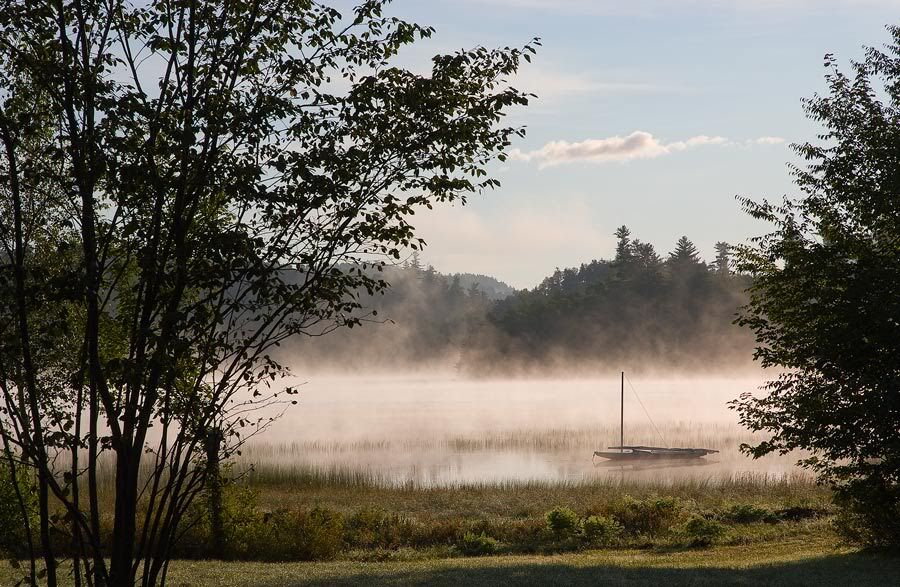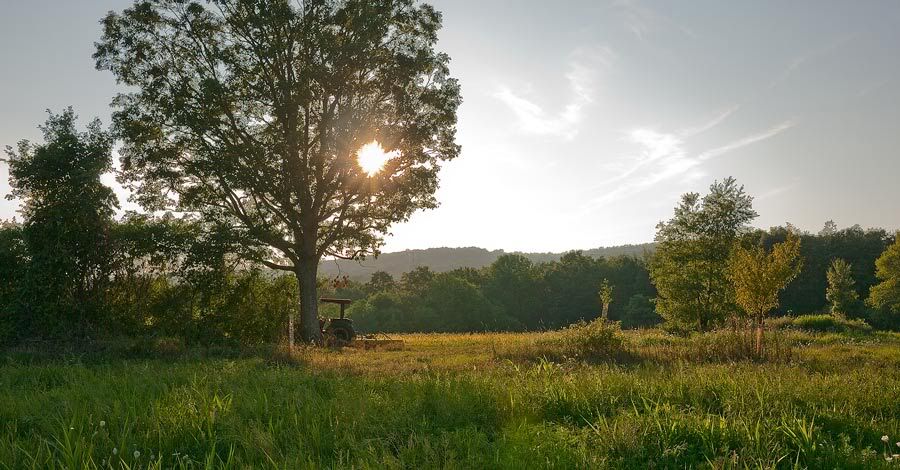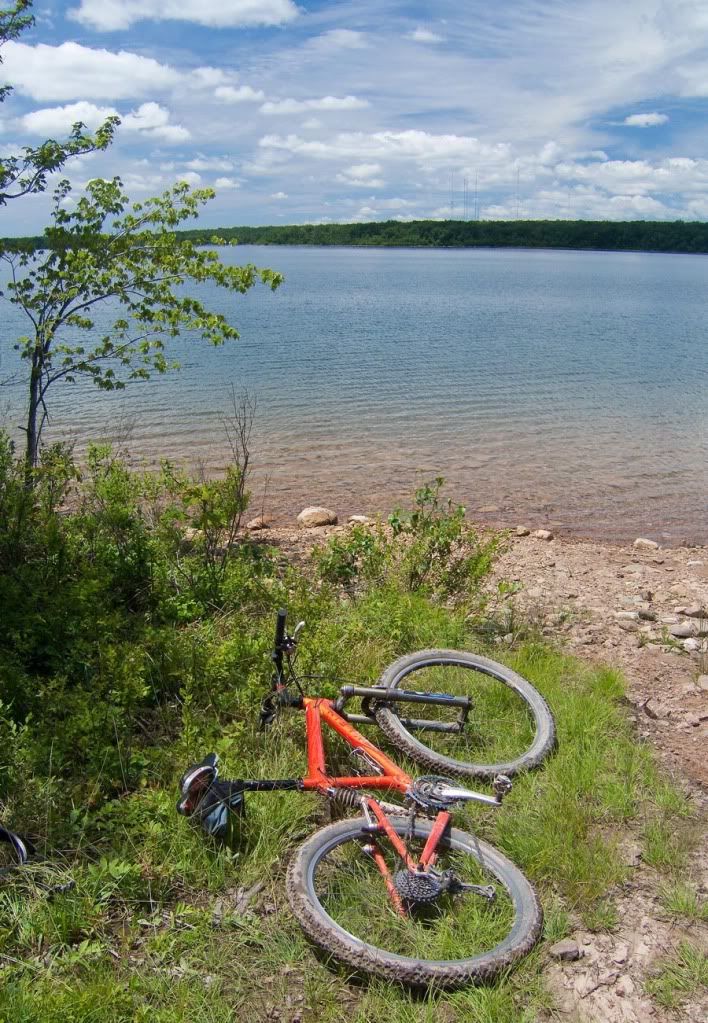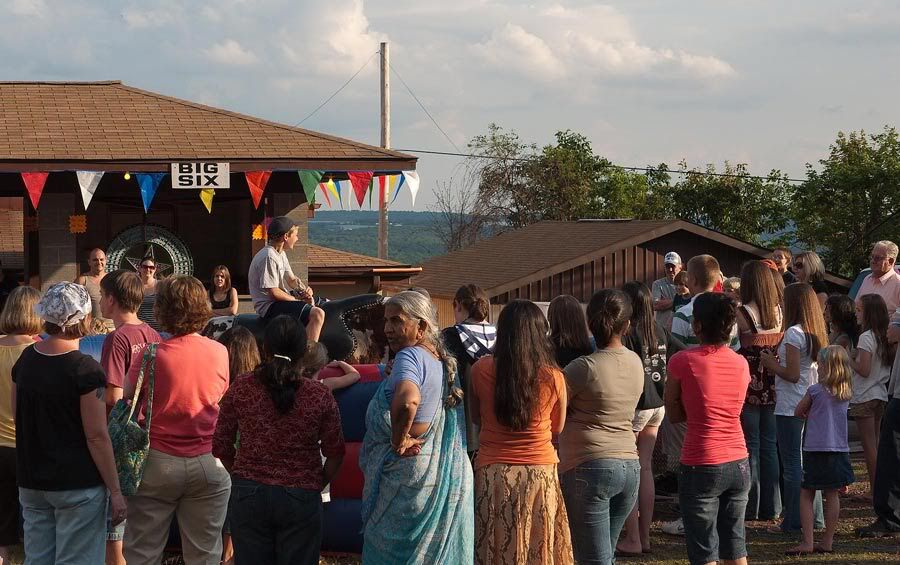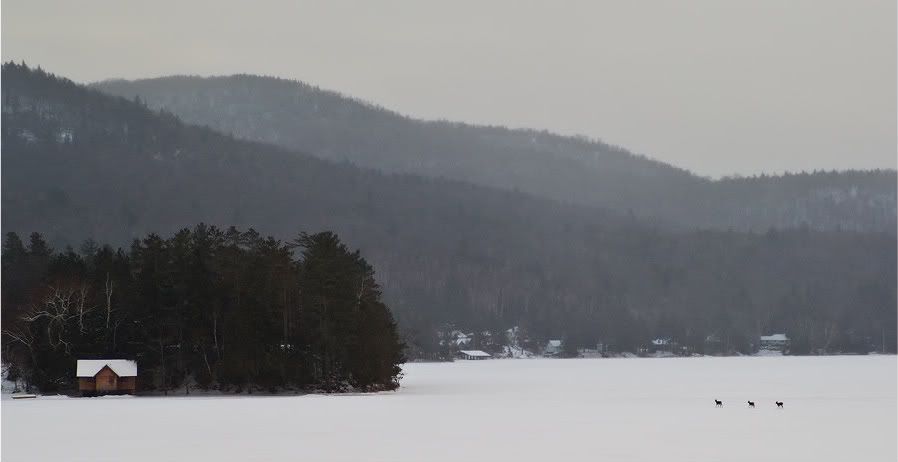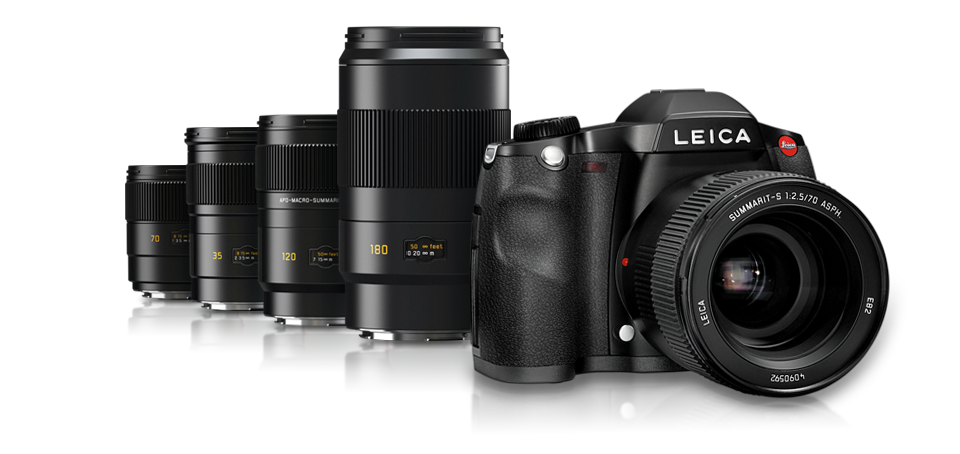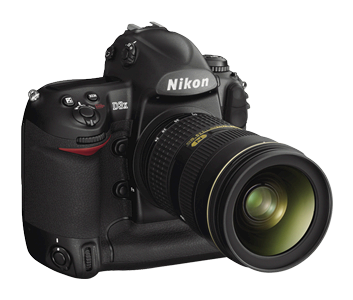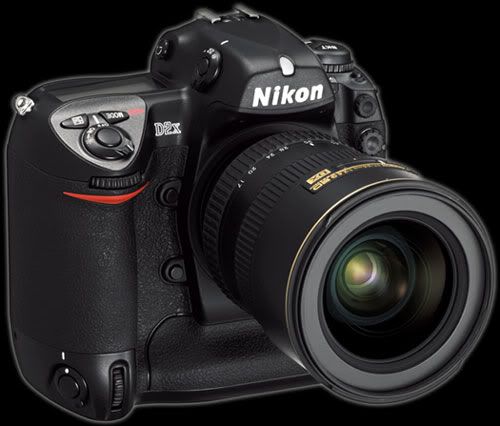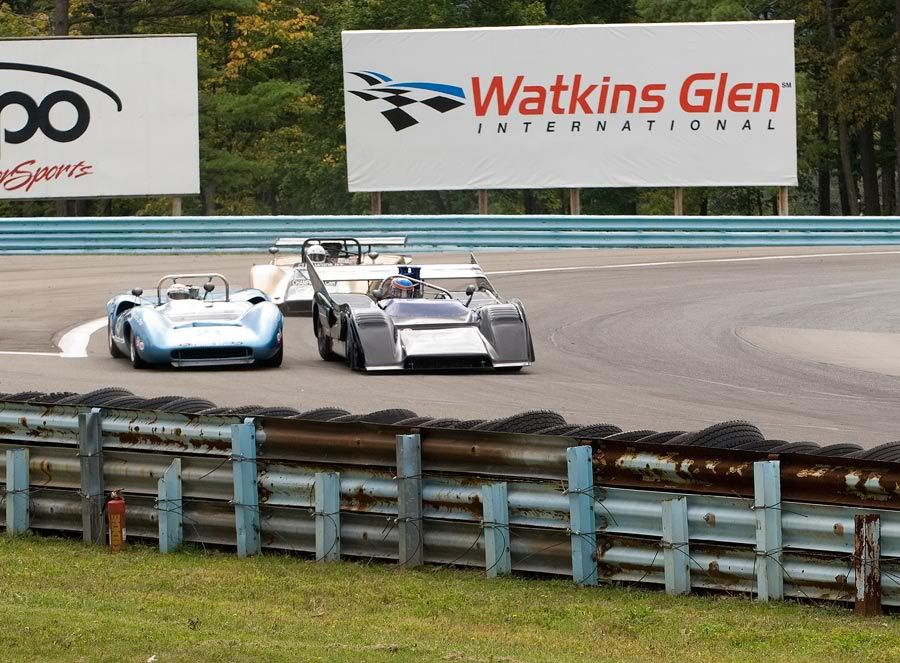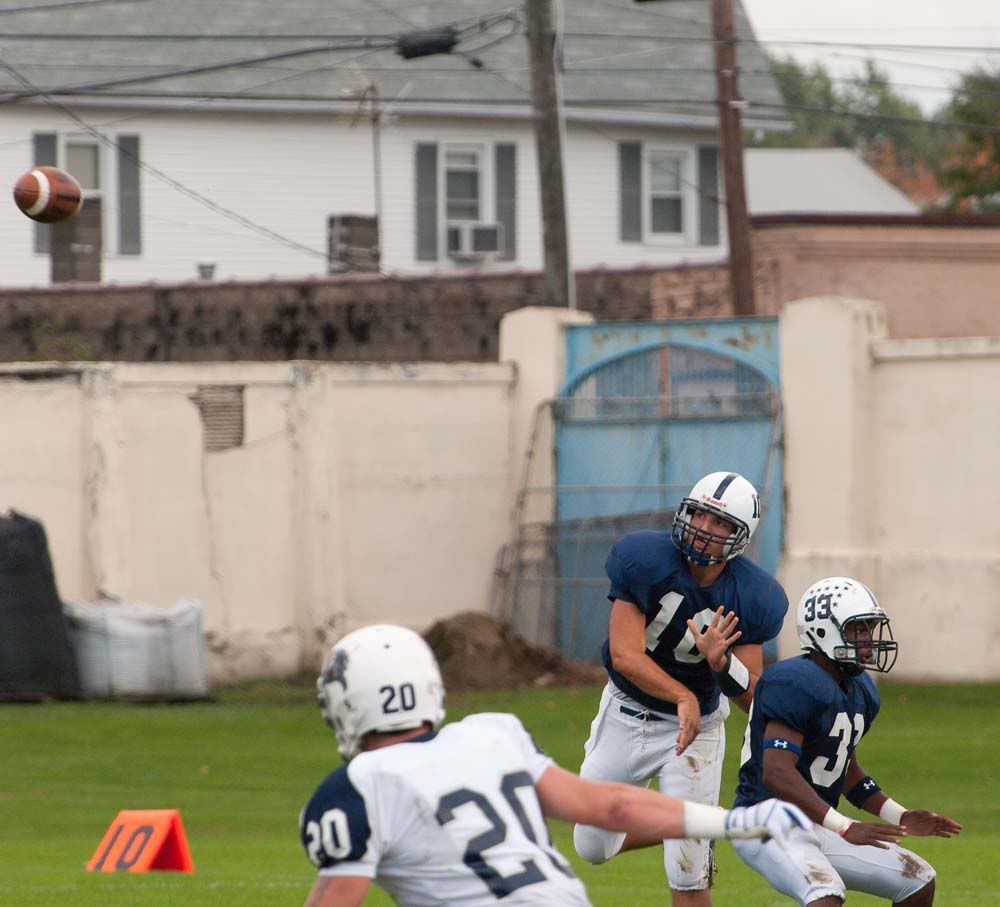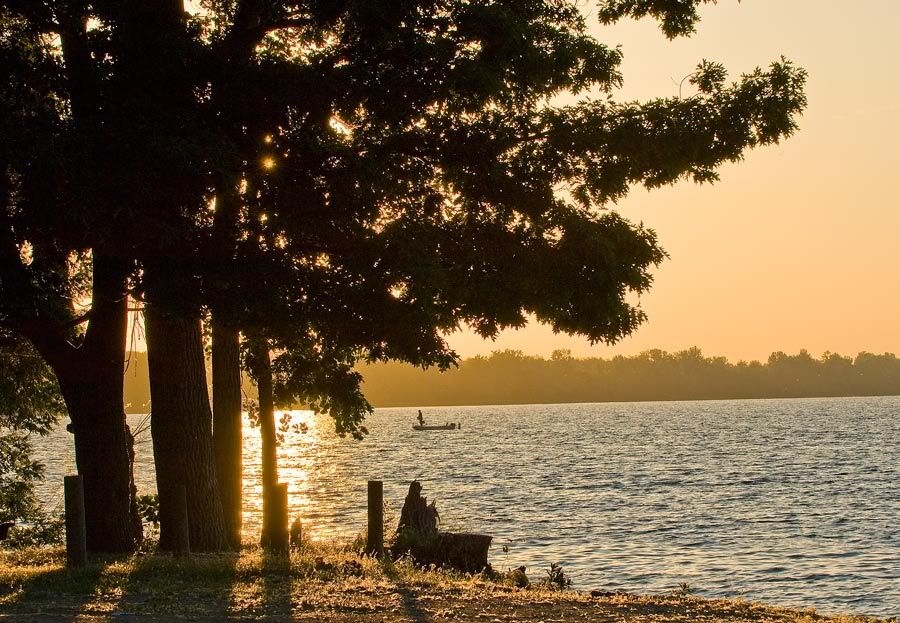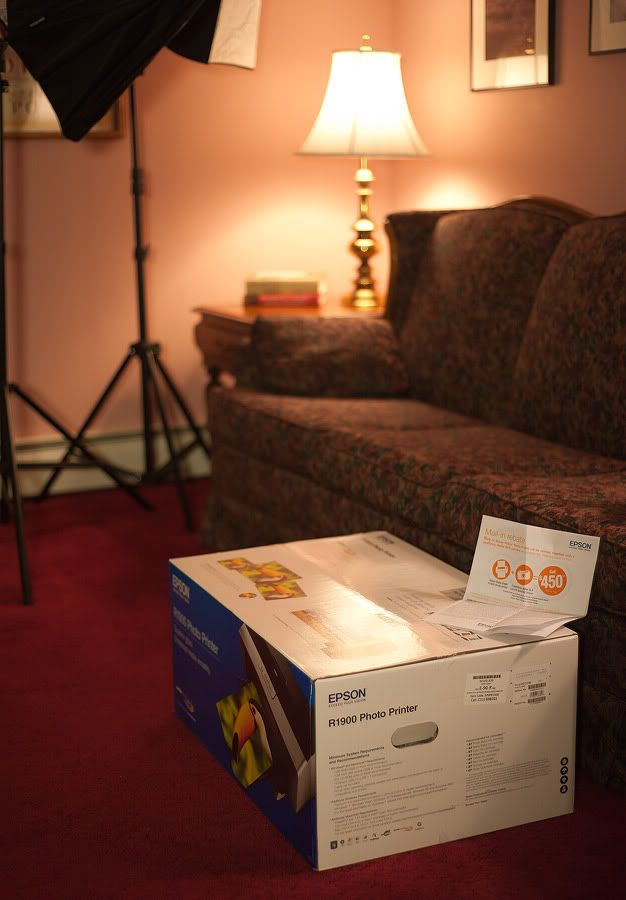
The Box (Nikon D700, Nikkor 50mm f1.8)
I’m sitting in my photography office. I’m staring at a box which contains some brand spanking new photo gear. But I can’t open it. It sits on my floor almost taunting me.
“Open me” it seems to taunt me, lounging provocatively in front of my couch. “You know you want me”, it seems to say, its sleek, seductive, cardboard flanks emblazoned with phrases such as: “A new standard in vivid uniform glossy prints”, or “dramatically improved facial tones”.
But, I can’t open, it no matter how tempting it seems. I have to wait. Wait until the big brown truck stops once again at my door with another package.
It will be my brand new Nikon D7000.
I’m in an unusual and slightly frustrating situation. I’ve been following the reviews of this new Nikon, a new mid level DSLR with excellent specs that even rival more pro level offerings from Nikon. The D7000 is smaller than other most other Nikons yet of metal construction and yet fully weather-sealed. It has 16 Mp of resolution, and surprisingly good low light capability for a high resolution DX (smaller) sized sensor. In other words, it is an ideal photographic tool for use while hiking or skiing. It so far well reviewed.
And, because of all of this, it’s very hard to obtain one.
I was going to hold out while demand died down (my usual strategy in these situations), until I became aware of a deal offered by Epson, maker of my favored line of photo printers. Turns out that who with the purchase of certain new printers along with new DSLR, Epson will rebate to the buyer, $450 dollars.
Now I have two photo printers in my studio, an Epson Stylus Photo 3800, an A2 sized (17”inch carriage) pro level printer, and smaller, 13” carriage, Epson R 1800. The latter, is very versatile, and particularly adept at printing on gloss paper. Both printers use pigmented archival inks and suitable for printing gallery prints.
The Epson R 1900, the replacement model for my smaller printer is one of the printers feature in the rebate. It is said to be even better, particularly suited to printing skin tones. It sells for around $500
So buy a camera, get a excellent photo printer for fifty bucks? I wasn’t really in desperate for a new printer, as the R1800 works well, but for the money, it’s a no brainer. I put my order in through B+H Photo in NYC a week ago. I did call them to confirm that the rebate would not be affected by the availability of the camera. They confirmed it.
In usual B+H style, a large a box arrives in my office the next day. It’s the printer of course. The Nikon is backordered, delivery date unclear.
So I print up the rebate coupon from the Epson website. The purchase deadline for the rebate is December 31, which I’ve already met. There are two other wrinkles:
One, the other deadline is thirty days from the date of the order. Not a big deal.
The other though is a problem. I need a serial number, and UPC code from the camera. The one that’s really hard to get.
Uh oh, B+H was wrong. I should have called Epson.
So now I sit with a large box in my studio. I can’t open it as it wouldn’t be as returnable (no reason to jerk the retailer around). If it gets to 28 days or so without receiving the camera, I’ll have to wrap it up and send it back (or pay $500 for a printer I don’t need).
I tell this tale not to elicit your sympathy (though I’ll take it if offered). I tell it to remind the dear reader, and fellow buyer of electronic and photo gear, to make sure you know the actual terms of rebates offered, especially when the money back offer is the difference between buy, and no buy decision.
So, for now, I wait.
Addendum:
Today the UPS truck delivered the extra battery for the D 7000, but still no camera itself.
They’re obviously teasing me.

